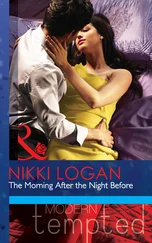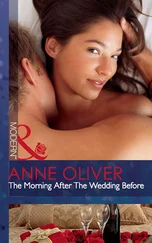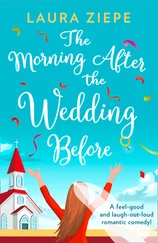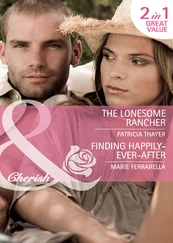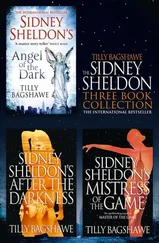An entertainment had been scheduled for nine o’clock that night, but it was several hours late getting started, and in the meantime the crowd of thousands churned about in the mud and chanted. A number of people climbed into trees near the platform where the entertainment was to take place. On the outskirts of St. Jude’s, in a section normally set aside as a playground, a few children spun the handpowered carrousel, or climbed over the jungle gym in the dark. In the wires of the telephone poles around the field, the skeletons of old kites were just visible in the dim lights from the windows of St. Jude’s Hospital.
A minister, who had been seeking for several hours to clear the platform, wept with chagrin. “Betcha old Sheriff Clark and his troopers could clear it!” someone shouted. In the darkness, there were repeated cries for doctors, and a soldier stood on top of the radio trailer and beamed a flashlight into the crowd, trying to find the sources of the cries. Thousands crowded around the platform, and several of them were pressed against it and fell. Several others, mostly members of the special group of three hundred marchers, fainted from exhaustion. A number of entertainers, each of whom had been given a dime to use for a phone call in case of an emergency, and all of whom had been instructed to stand in groups of not fewer than six, appeared on the platform. Among them were Shelley Winters, Sammy Davis, Jr., Tony Perkins, Tony Bennett, and Nina Simone. A number of girls in the crowd collapsed and, because there was no other lighted space, had to be carried onstage, where Miss Winters did her best to minister to them. Before long, twenty people, none of them seriously ill or seriously injured, were carried off to the hospital on stretchers. A large group started an agitated march within the campsite.
“I’m tired,” said a white college student. “If only I could walk someplace and get a cab!”
“Man, that’s not cool,” said a black. “There are a lot of hostile people outside that gate.”
“Inside it, too, for all I know,” said the student. “See any white sheets?”
Finally, the entertainment got under way, and the situation improved. Tony Perkins and a few others spoke with well-considered brevity. The crowd clapped along with the singers as they sang folk songs and songs of the movement, and it laughed at the comedians, including Dick Gregory, Nipsey Russell, Mike Nichols, and Elaine May. (“I can’t afford to call up the National Guard,” said Mike Nichols, impersonating Governor Wallace. “Why not?” said Elaine May, impersonating a telegraph operator. “It only costs a dime.”)
At 2 A.M., the entertainment and speeches were over, and the performers left for a Montgomery hotel, which was surrounded for the remainder of the night by shouting segregationists. Most of the crowd drifted off the field and headed for Montgomery, and the tents were left at last to the marchers. Suddenly security tightened up. At one point, the Reverend Andrew Young himself was asked for his credentials. The hours before dawn passed without incident.
On Thursday morning, the march expanded, pulled itself together, and turned at once serious and gay. It finally seemed that the whole nation was marching to Montgomery. Signs from every conceivable place and representing every conceivable religious denomination, philosophical viewpoint, labor union, and walk of life assembled at St. Jude’s and lined up in orderly fashion. A Magic Marker pen passed from hand to hand, and new signs went up: “The Peace Corps Knows Integration Works,” “So Does Canada,” “American Indians” (carried by Fran Poafpybitty, a Comanche from Indiahoma, Oklahoma), “Freedom” in Greek letters (carried by a black girl), “Out of Vietnam into Selma” in Korean (carried by a white girl), “The Awe and Wonder of Human Dignity We Want to Maintain” (on a sandwich board worn by a succession of people), and, on two sticks tied together, with a blue silk scarf above it, a sign reading simply “Boston.” A young white man in a gray flannel suit hurried back and forth among the platoons of marchers; on his attaché case was written “D. J. Bittner, Night Security.”
Near the tents, Ivanhoe Donaldson and Frank Surocco (the first a black project director for SNCC in Atlanta, the second a white boy, also from SNCC) were distributing orange plastic jackets to the original three hundred marchers. The jackets, of the sort worn by construction workers, had been bought for eighty-nine cents apiece in Atlanta, and jackets like them had been worn throughout the march by the marshals, but for the marchers the orange jacket had become a singular status symbol. There was some dispute about who was entitled to wear one. There was also a dispute about the order of march. Some thought that the entertainers should go first, some that the leaders should. Roy Wilkins, of the NAACP, demurred on behalf of the leaders. Odetta said, “Man, don’t let the morale crumble. The original three hundred deserve to be first.” The Reverend Andrew Young was served with a summons in an action by the City of Selma and the Selma Bus Lines protesting the operation of buses in competition with the Selma company.
Finally, after another session of virtually inaudible speeches, the parade was ready to go. “Make way for the originals!” the marshals shouted, forming a cordon to hold back the other marchers and the press. Behind the three hundred came Martin Luther King, Ralph Bunche, A. Philip Randolph, the Reverend Ralph Abernathy, the Reverend Fred L. Shuttlesworth, Charles G. Gomillion, the Reverend F. D. Reese, and other civil-rights leaders; behind them came the grandfather of Jimmie Lee Jackson, the black boy who had been shot in nearby Perry County, and the Reverend Orloff Miller, a friend of the Reverend James Reeb’s, who had been beaten with Reeb on the night of Reeb’s murder; and behind them came a crowd of what turned out to be more than thirty thousand people. “We’re not just down here for show,” said Mr. Miller. “A lot of our people are staying here to help. But the show itself is important. When civil rights drops out of the headlines, the country forgets.”
Stationed, like an advance man, hundreds of yards out in front of the procession as it made its way through the black section of Montgomery and, ultimately, past a hundred and four intersections was Charles Mauldin, dressed in his Hudson High sweat shirt and blue jeans and an orange jacket, and waving a little American flag and a megaphone. One pocket of his denims was split, and the fatigue in his gentle, intelligent face made him seem considerably younger than his seventeen years. “Come and march with us!” he shouted to black bystanders. “You can’t make your witness standing on the corner. Come and march with us. We’re going downtown. There’s nothing to be afraid of. Come and march with us!”
“Tell ’em, baby,” said Frank Surocco, who was a few yards back of Charles.
“Is everything safe up ahead?” asked the voice of Ivanhoe Donaldson through a walkie-talkie.
“We watching ’em, baby,” said Surocco.
“Come and march with us!” said Charles Mauldin, to black and white bystanders alike.
In midtown Montgomery, at the Jefferson Davis Hotel, black maids were looking out of the windows and the white clientele was standing on the hotel marquee. Farther along, at the Whitley Hotel, black porters were looking out of windows on one side of the building and white customers were looking out of windows on the other. Troopers watched from the roof of the Brown Printing Company. The windows of the Montgomery Citizens Council were empty. Outside the Citizens Council building, a man stood waving a Confederate flag.
“What’s your name?” a reporter asked.
“None of your goddam business,” said the man.
Читать дальше
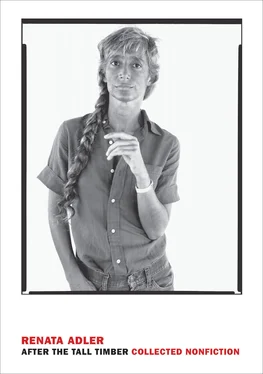
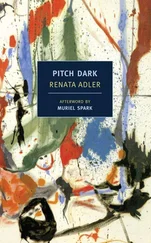


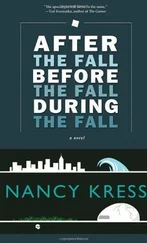
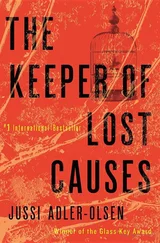
![Джеффри Арчер - The Short, the Long and the Tall [С иллюстрациями]](/books/388600/dzheffri-archer-the-short-the-long-and-the-tall-s-thumb.webp)
